Exhibitions
The Mother Goddess
Group Exhibition
In this exhibition, a common thread connects between miniscule, prehistoric clay figurines dating from 8,000 years ago, found at the Sha'ar HaGolan archeological site; medieval images of women inspired by Tarot cards; and the works of four contemporary Israeli women artists.
Saturday, 01.08.20
Curator: Michal Shachnai Yakobi
Hybrids, Creatures of Wonder
This exhibition explores the world of the hybrids as an alternative existence reflecting the fluid, unstable, and complex identity of woman in the contemporary cultural discourse, as described by prominent feminist thinkers such as Rosi Braidotti and Donna Haraway. In this context, the idea of the "nomad," used by Braidotti, is another name for the feminine.
Izabella Volovnik: Bitchcraft
Solo Exhibition
Izabella Volovnik's exhibition addresses the concepts of taming and restraining, and the term "bitch" in a cultural context. The artist attempts to challenge the well-mannered atmosphere with images of sweet girls transformed into menacing predators. She asks: do women who reach key positions tend
Boryana Rossa and Oleg Mavromati: Woman President
Solo Exhibition
Bulgarian artist Boryana Rossa responds in her works to processes of globalization and the transition of post-Communist countries to a capitalist economy. She succeeds in reclaiming control of her body and positions herself as a woman along the shifting axes of gender, nationality, politics, and economy. Rossa defines herself as a heterosexual woman with a queer identity.
Yael Meiry: "Doing Right By You"
This exhibition is based on Yael Meiry's artist's book, Doing Right by You, published in 2018. The book is based on an archive containing about 150 photographs, in which the artist photographed themself, the people close to them, and the spaces around them. As in other projects, Meiry uses low-tech technologies alongside digital media.
"Rona Yefman and Tanja Schlander: Never Violence"
Multidisciplinary artist Rona Yefman often engages with issues of gender and feminine representation. Her art includes long-term collaborations with radical personalities who dictate the absurd and iconic images of our time. She is particularly interested in photography. According to Yefman, the camera allows things to happen.
"Sharon Lockhart: Goshogaoka "
Artist Sharon Lockhart is a photographer and film director, known for the long-term projects she creates based on in-depth research, often in cooperation with communities. Her films are meticulously planned, characterized by freeze-frame shots or minimal camera movements. They present people, places, and events related to daily routine.
"Iris Kensmil: The New Utopia Begins Here #2"
Iris Kensmil's exhibition is part of a project that represented the Netherlands in 2019 at the Venice Biennale. In many senses the Biennale is an important arena for defining the place of art in the context of ideas of citizenship and nationality. The installation Kensmil presented there, called The Measurement of Presence, was created in collaboration with Remy Jungerman.
Origami Installation
Tomoko Fuse
What is origami? Most people would describe it as is an activity in which squares of colored paper are folded to create representations of animals, objects or geometric forms. However, this would not describe the folded paper installations of Tomoko Fuse (b. 1951). Her work asks us to consider the relationships between tradition and innovation. Is her work origami, or is it sculpture made from folded paper?
"A Black Flag in a Red City"
Wadi Salib: 1948-2019
The exhibition A Black Flag in a Red City illuminates a chapter in the history of Haifa's Wadi Salib neighborhood, the social implications of which are absent from most of the urban and national "spaces of memory." The exhibition focuses on the voices of the residents of Wadi Salib in the second half of the twentieth century, reflecting a personal and collective memory of urban history written "from below." Using exclusively visual means, the exhibition presents experiences of marginality, injustice, and exclusion, alongside the development of a diverse and lively social fabric. This reality fostered processes of social organization and resistance, climaxing in the protests of July 1959.

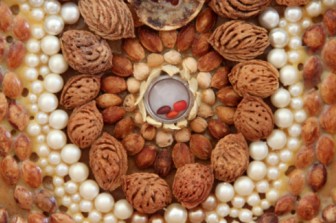
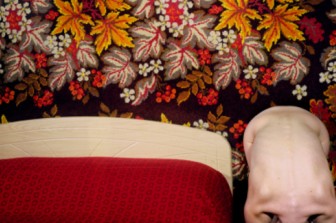
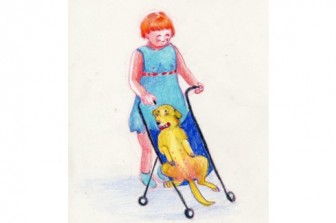


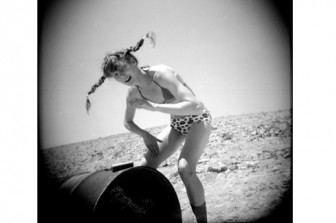
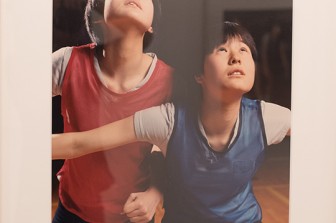
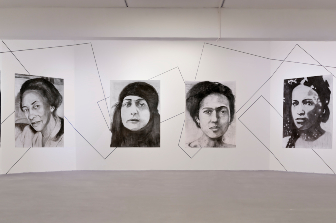
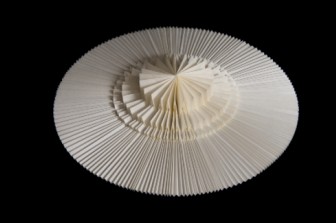
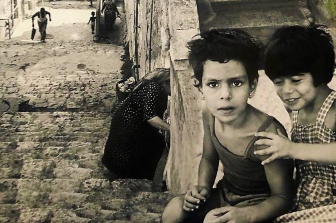
Please contact us and we will contact you as soon as possible